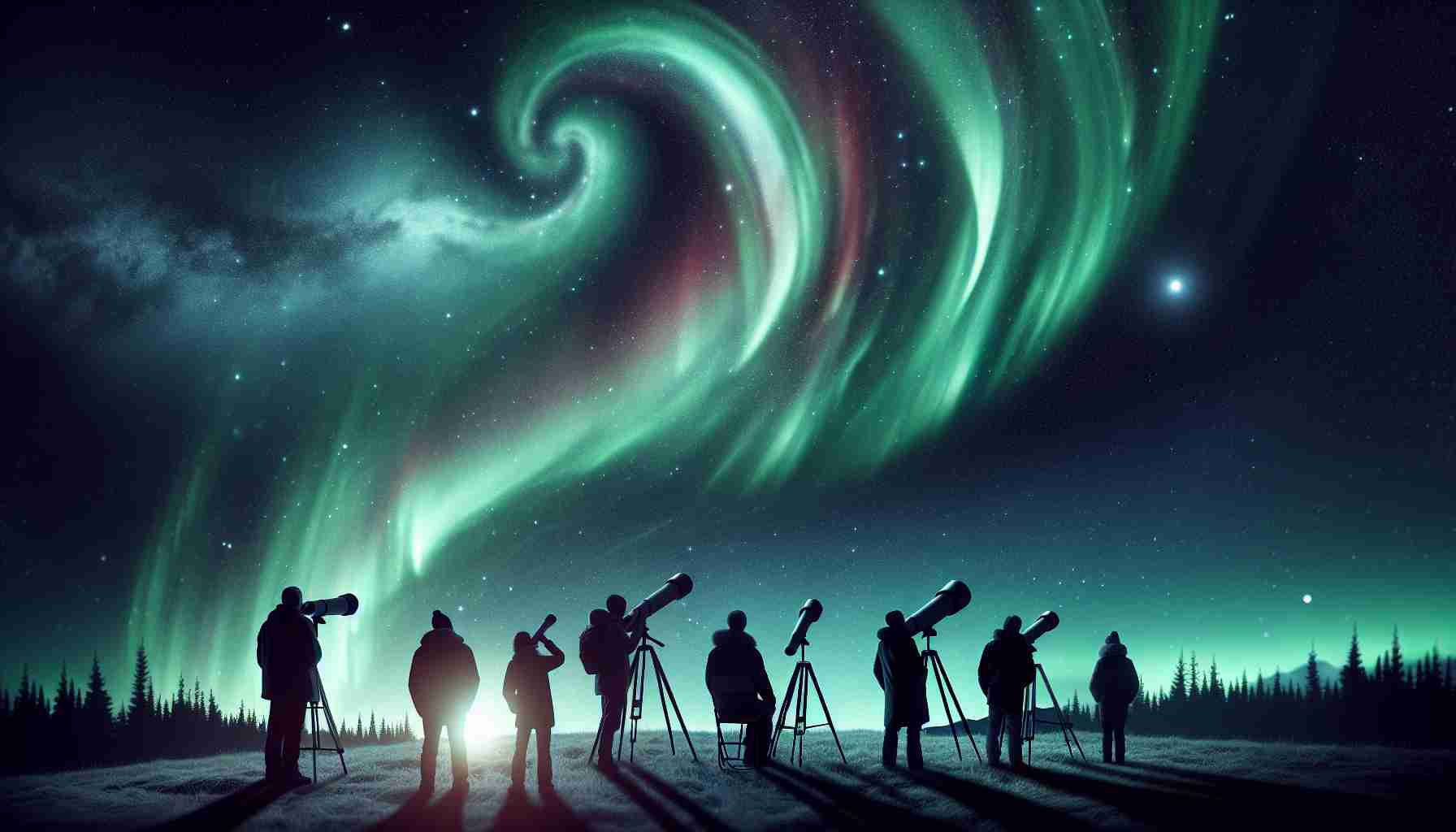- The northern lights will be visible in parts of the continental U.S. this Sunday, offering a rare celestial display.
- NOAA predicts a Kp index of three on Sunday, increasing to four on Monday, indicating stronger aurora activity.
- Ideal viewing locations include Idaho, Michigan, Minnesota, Montana, North Dakota, Washington, and Wisconsin, away from city lights.
- Opt for high ground with a clear northern view and aim to watch between 10 p.m. and 2 a.m. for the best experience.
- Photographers should use a tripod and a wide-angle lens, keep apertures wide, and avoid using flash to capture the spectacle.
- Northern light activity is expected to increase through 2026 due to the sun’s intensified activity in its 11-year cycle.
Nature’s own fireworks, the northern lights, are set to paint the skies over parts of the United States this Sunday. This celestial spectacle isn’t just reserved for the Arctic skies; it has decided to grace the continental U.S. with its dazzling presence. This weekend, residents in select northern states might find themselves gazing at an unexpected, yet wondrous light show.
As the National Oceanic and Atmospheric Administration (NOAA) forecasts, the aurora borealis will shimmer brighter than usual, reaching a Kp index of three on Sunday, even stretching to four by Monday. Think of it as a cosmic brushstroke on the dark canvas of the night. States like Idaho, Michigan, Minnesota, Montana, North Dakota, Washington, and Wisconsin have a shot at spotting this phenomenon if the night is clear and free from city lights.
For the best chance of catching this spectacle, seek out a location with a clear northern view. Aim for high ground away from city glare. Optimal viewing times hover between 10 p.m. and 2 a.m. when the sky offers its clearest view of this natural wonder.
Photographers, take note: capturing this luminescent dance requires gear that can handle low-light conditions. A sturdy tripod paired with a wide-angle lens will do wonders. Keep those apertures wide and your flashes off, and let the night mode work its magic.
The excitement doesn’t end here. NASA forecasts that heightened aurora activity will persist into 2026, thanks to the sun’s intensified activity during its 11-year cycle—meaning more chances to witness this spectacular dance of lights in the years to come. So, grab your coat, bundle up, and let the universe light up your night!
Experience the Magic of the Northern Lights: Tips for a Perfect Viewing!
How-to Steps & Life Hacks for Viewing the Northern Lights
1. Choose the Right Location: To enhance your viewing experience, head to open spaces far from urban light pollution, like parks or rural areas. Check local aurora forecasts and cloud cover reports regularly.
2. Optimal Timing: The Northern Lights are most vivid between 10 p.m. and 2 a.m. Find a comfortable spot before the peak time for the best experience.
3. Weather Considerations: Clear skies offer the best conditions. Use weather apps to track updates and plan your viewing accordingly.
4. Photography Tips: Use a tripod with a wide-angle lens and set your camera to a high ISO setting. Keep the aperture wide open and use a long exposure to capture the swirling colors beautifully.
Real-World Use Cases
– Tourism Opportunities: Regions like Alaska, Canada, and Scandinavia have capitalized on aurora tourism, offering guided tours, especially in winter months when the phenomenon is more frequent.
– Educational Events: Schools and universities use the aurora borealis as a practical teaching tool for astronomy and physics, organizing viewing nights to engage students.
Market Forecasts & Industry Trends
The global aurora tourism industry is expected to grow significantly, with increased interest in eco-friendly and sustainable travel. Sustainable practices are being promoted to preserve pristine night skies.
Reviews & Comparisons
– Best Locations for Viewing: Alaska and Norway are often rated as top destinations due to frequent aurora activity and clear skies.
– Technological Aids: Apps like My Aurora Forecast and Aurora Alerts are highly recommended for live updates and optimal viewing tips.
Controversies & Limitations
Some debate exists regarding the impact of increased tourism on local ecosystems in aurora-viewing hotspots. There are ongoing discussions about balancing tourism with environmental conservation.
Features, Specs & Pricing
– Aurora Viewing Apps: Generally free, with in-app purchases for premium features like personalized alerts.
– Guided Tours: Costs vary based on the location and amenities, typically ranging from $100 to $500 per person.
Security & Sustainability
Preserving the natural environment is crucial. Sustainable tourism practices, like minimizing light pollution and reducing carbon footprints, are more important than ever.
Insights & Predictions
With solar activity expected to peak around 2025, the Northern Lights will become increasingly common and vibrant. This period provides excellent opportunities for both amateur and professional skywatchers.
Tutorials & Compatibility
For beginners, many online video tutorials are available detailing how to photograph the aurora using different devices, from professional cameras to smartphones.
Pros & Cons Overview
Pros:
– Free, breathtaking natural phenomenon.
– Educational opportunities and cultural experiences.
– Boosts local economies through tourism.
Cons:
– Weather-dependent and potentially infrequent in lower latitudes.
– Necessitates travel, which can impact the environment if not managed sustainably.
Actionable Recommendations
– Stay Informed: Use aurora applications and weather forecasts to plan your outings.
– Be Prepared: Dress warmly and bring necessary equipment, including a flashlight with a red filter to preserve night vision.
– Respect Nature: Follow Leave No Trace principles to protect fragile environments.
For more insights, visit the [NOAA official website](https://www.noaa.gov) to access real-time aurora forecasts and satellite imagery. Embrace the cosmic dance, and let your adventures under the northern lights begin!
